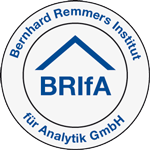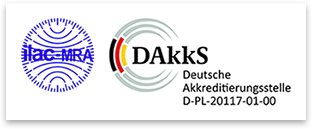



The activity of the Bernhard Remmers Institut für Analytik covers a wide range of laboratory tests. The typical approach consists in the analysis of the damage mechanisms, such as moisture, salt contamination, material strength loss etc., that act on the building material. On a laboratory surface of more than 500 m² state-of-the art methods are used to process, test and analysis samples of building materials and evaluate the results.
The use of enormously powerful instrumental analytics, such as GC-MS, REM-EDX, FTIR or HPLC, ensures the accurateness of results.
The determination of characteristic values can be divided in five categories that involve respectively different methods.
Read more...Less...

Imagine you have a scrap yard with a 100 tons of scrap and would like to know what metals it contains in order to have an idea how much it might be worth. You sent a member of your staff to take samples. He comes back with an old fork, which the laboratory analysiss, determining with the highest degree of confidence and precision that it is made of 99 % silver. Does this mean you own 99 tons of silver? Unfortunately not! An analysis is only as good as the preceding sampling. In the case of liquids or finely dispersed mixtures this might still be comparatively easy: The material is shaken or stirred and then a sample of it is taken. For solid materials, such as brick or wood samples, this already becomes more difficult to do.
Depending on the goal of the analysis and sample material it makes sense not to take one but several specimens. That would at least have prevented the scrap yard fiasco.
Read more...Less...




© Bernhard Remmers Institut für Analytik • Bernhard-Remmers-Str. 13 • 49624 Löningen • Fon: 054 32 / 83-569 • Fax: 054 32 / 83-767 • info@brifa.de • www.brifa.de